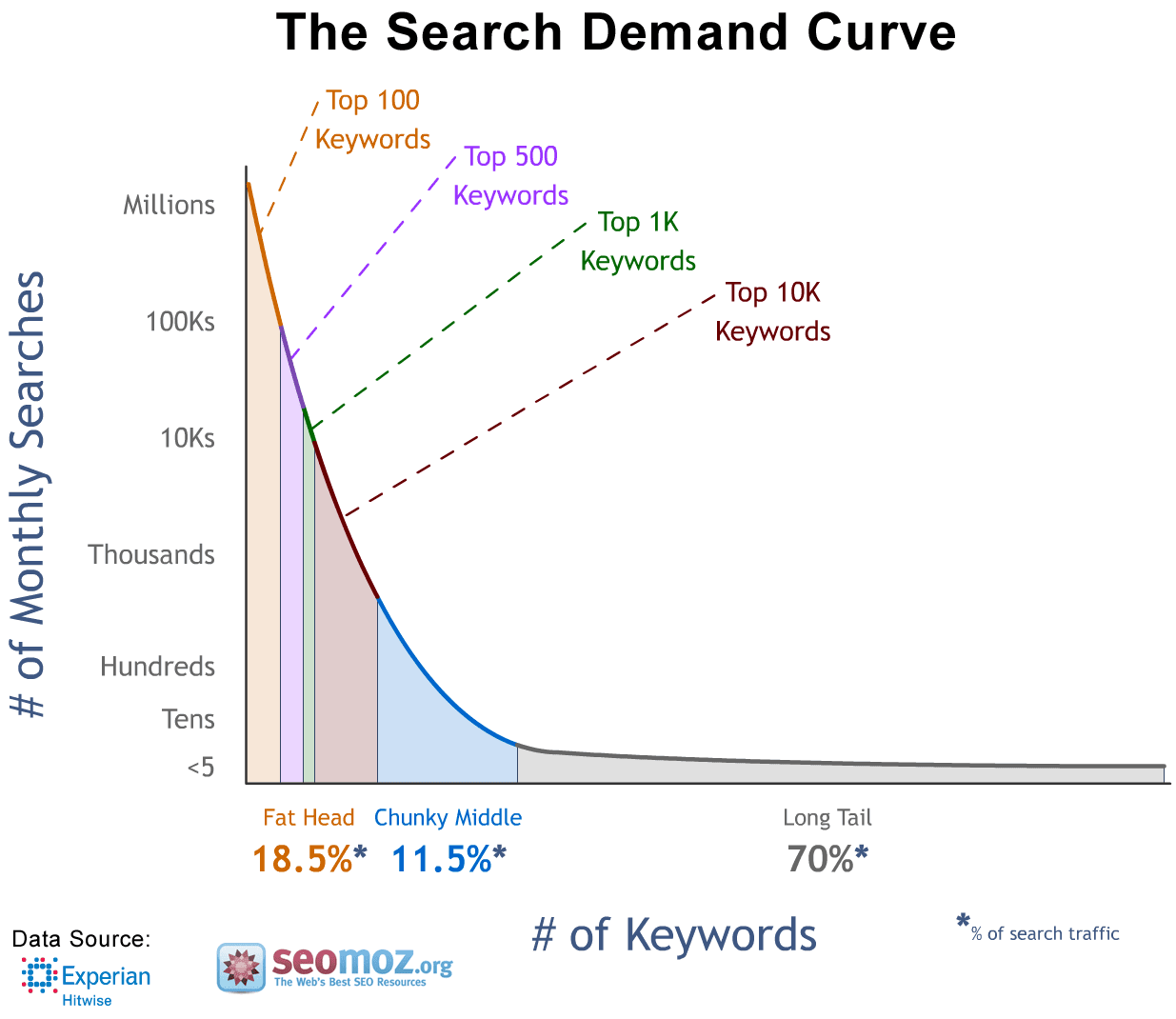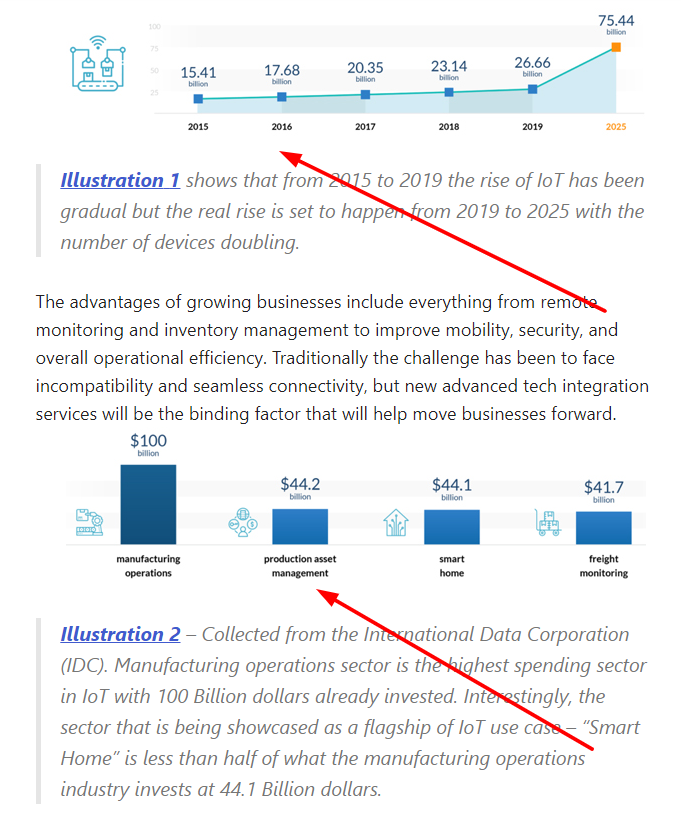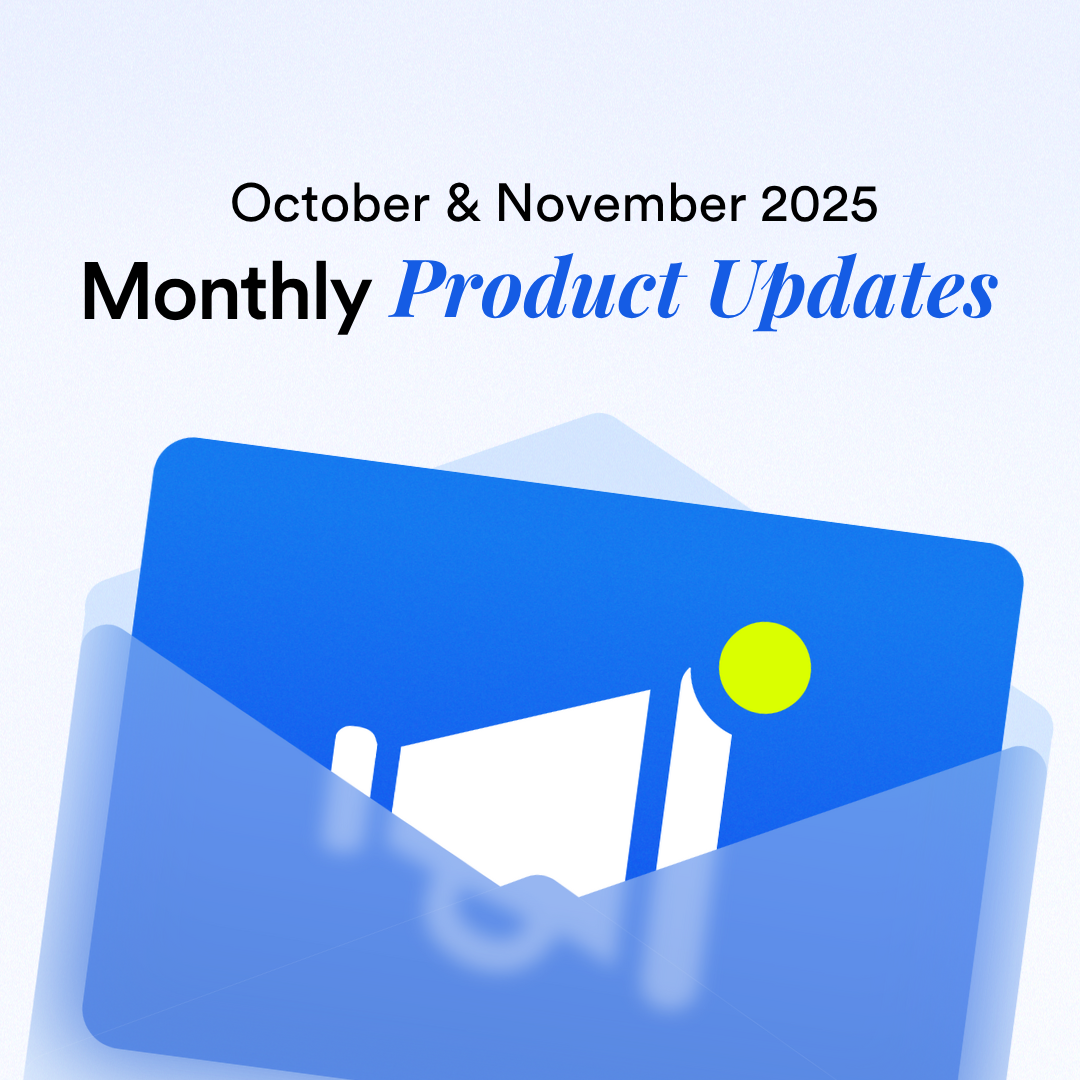Complete Guide to Writing SEO-Friendly Content for Your E-Commerce Store
By Marques Coleman · 4th April, 2020

Table of Contents
This blog was updated on 22 April 2025, for more information connect with our team: https://www.easystore.co/contact
Complete Guide to Writing SEO-Friendly Content for Your E-Commerce Store
Today, everything keeps evolving. In the past, if someone needed to buy something, they had only one option — to go to a physical store. But thanks to the internet, that’s no longer the case.
With e-commerce, customers can browse products online, make a purchase, and have it delivered right to their doorstep.
If you run an e-commerce business, the question is — how can people quickly find your store? One of the most effective answers is ranking highly on Google by creating SEO-friendly content for your store. Wondering how? Here’s a step-by-step guide.
1. Start with Smart Keyword Research
You can't talk about SEO without talking about keywords. Keywords are the terms people use when searching for products or information online. By integrating relevant keywords into your content, you increase the chances of driving organic traffic to your store.
A great starting point is focusing on long-tail keywords — phrases made up of four or more words. Around 70% of online searches involve long-tail keywords because users often type in more specific phrases when they’re closer to making a purchase.
Tips:
Mix both short and long-tail keywords.
Avoid keyword stuffing — balance is key.
Prepare your keywords before writing, and naturally distribute them throughout your content.
2. Deliver Unique, Original Content
Search engines value fresh, original content. Plagiarizing or copying content will harm your rankings and credibility. Always aim to bring a new perspective to every blog post or product description you publish.
Ways to diversify your content:
Write listicles, guides, how-tos, interviews, and product comparisons.
Incorporate visuals like infographics, images, videos, and illustrations to make your content more engaging.
As Neightan White from Supreme Dissertations puts it:
"Many online stores fill their blogs with low-quality filler content. Don’t just sell — become a valuable source of information for your audience."
3. Optimize Titles, Meta Descriptions, Tags, and Product Descriptions
A good piece of content starts with a compelling title — one that grabs attention while being SEO-friendly. But it doesn’t stop there.
The meta description (the short text that appears under your title in search results) must also be clear, relevant, and encourage clicks.And don’t overlook your product descriptions — poorly written ones can turn visitors away fast.

Tips:
Keep titles, meta descriptions, and product descriptions simple, clear, and engaging.
A/B test different versions to see what drives more clicks and conversions.
Focus on what your target audience cares about most.
4. Focus on Quality Content
Your homepage, product pages, and blog should offer content that’s useful, clear, and easy to understand. Great content serves a purpose, offers value, and reflects your niche expertise.
Good content structure includes:
Clear headings and subheadings
A mix of long and short sentences
Short, digestible paragraphs
Consistent tone and writing style
Don’t forget to edit carefully — polished content makes your business appear more credible and trustworthy.
5. Use the Right SEO Tools
Creating SEO-friendly content has never been easier, thanks to powerful online tools that assist with research, writing, and editing.
Recommended tools:
Google Keyword Planner: For keyword research.
Trust My Paper: Content writing support when you're short on time.
Grab My Essay: Fast delivery of professional content.
Top Essay Writing: Ghostwriting services for blog or website content.
1Text.com: Check content originality and identify areas that need rewriting.
Canva: Easily design blog images, social posts, and infographics.
Bonus tip: If you’re targeting international markets, consider making your site multilingual. Check translation services at Pick Writers to help localize your content for new audiences.
6. Analyze Your Competitors
If your competitors are outranking you on Google, find out why.
Look for stores in your niche and study the type of content that resonates with their audience.

Focus on:
Their post topics
Article titles
Keywords they use
Style of writing
Product descriptions
Learn from their strengths and gaps — then make your store’s content even better.
Final Thoughts
Your journey to higher Google rankings starts now. Use these proven techniques to create SEO-friendly content for your e-commerce store and start capturing the opportunities SEO offers.
Consistency, originality, and a good understanding of your target audience will set your content — and your store — apart.
Author's BioMarques Coleman is a freelance blogger and nature lover who enjoys outdoor sports like surfing, hiking, and cycling. When not exploring the outdoors, he writes for platforms like Studicus and Wowgrade, covering topics from e-commerce to digital marketing.








